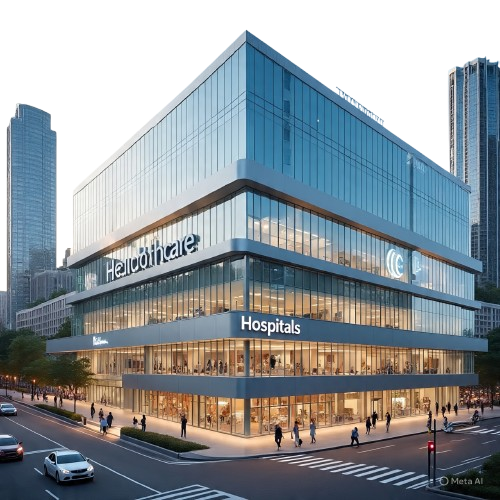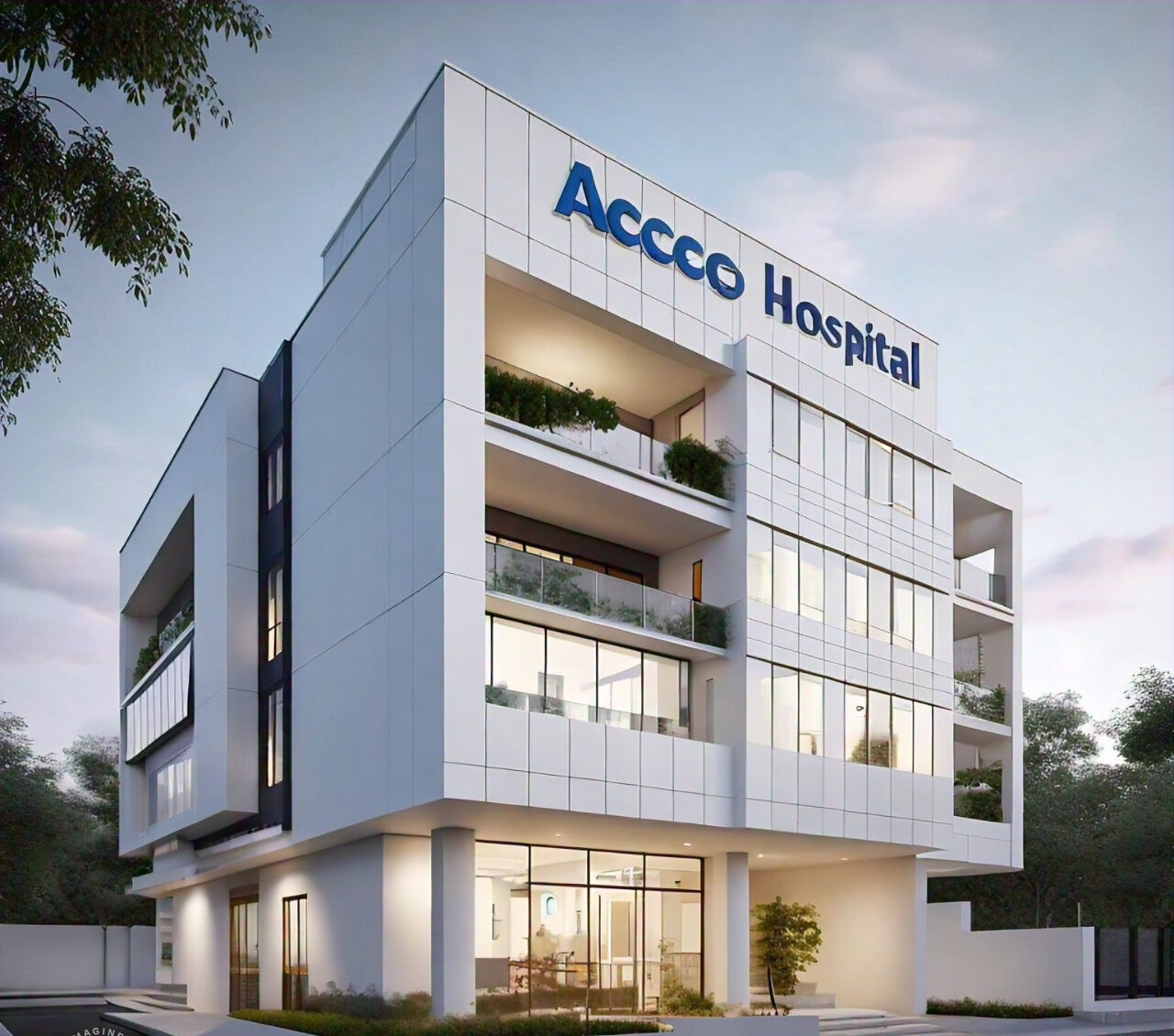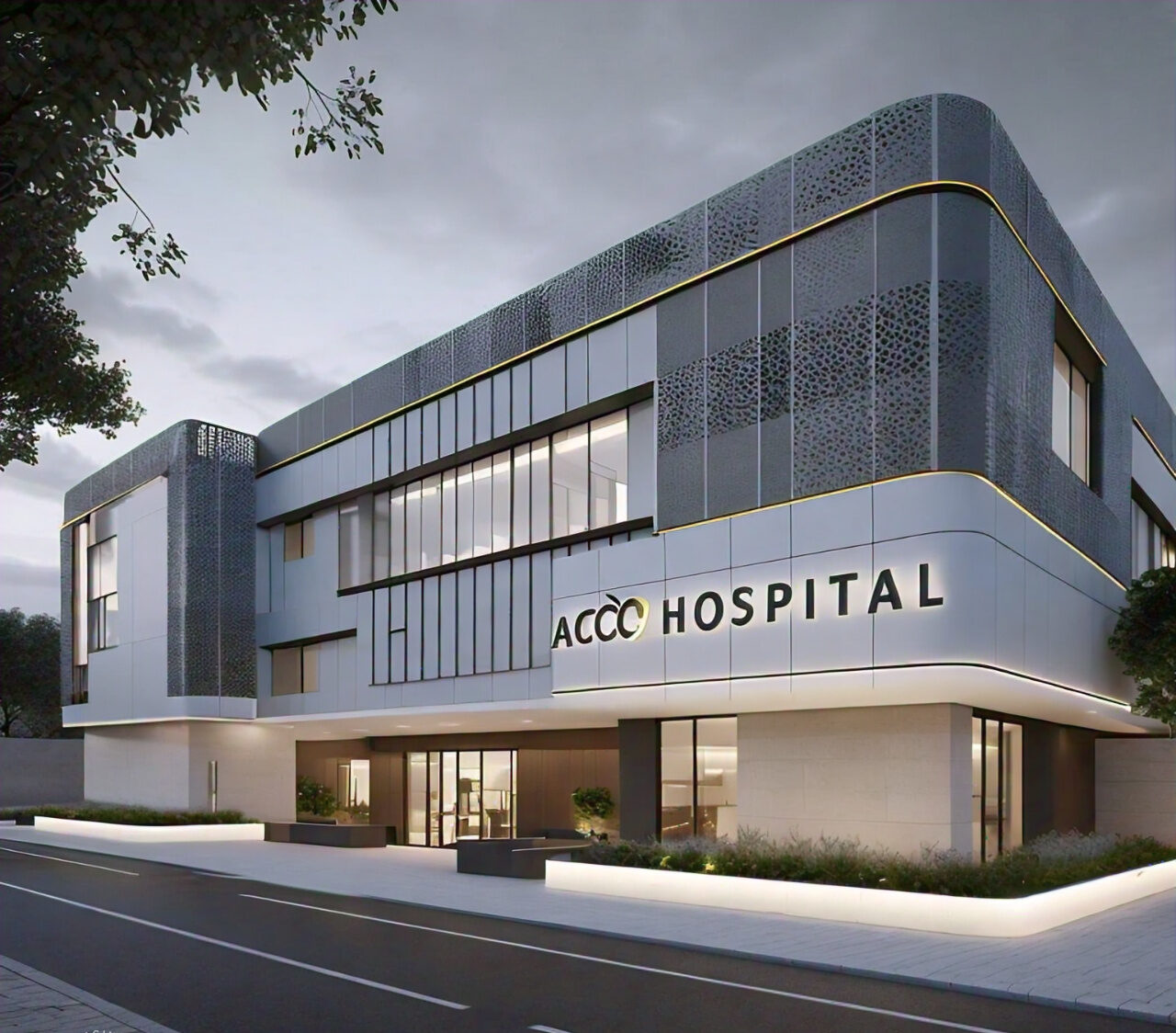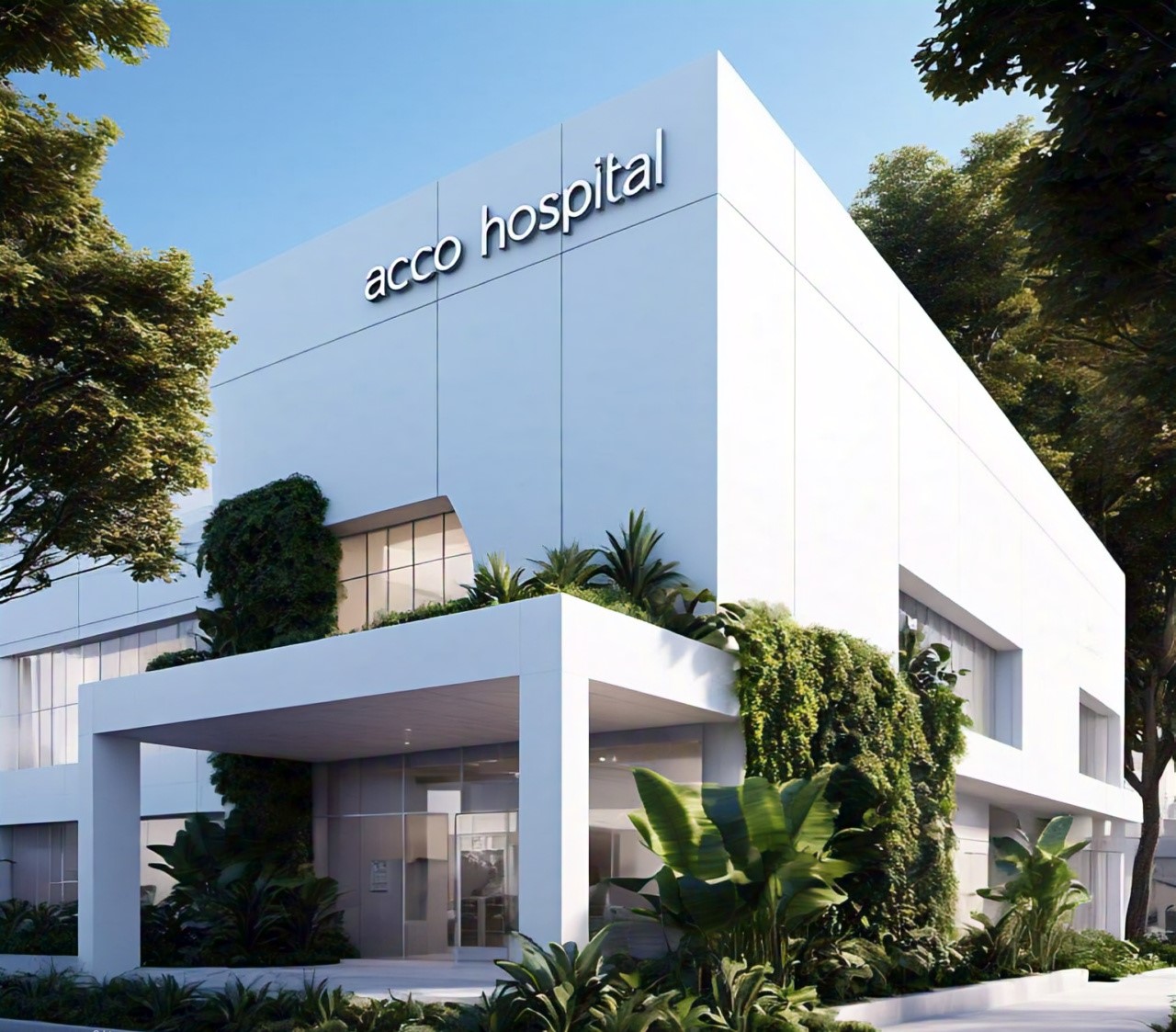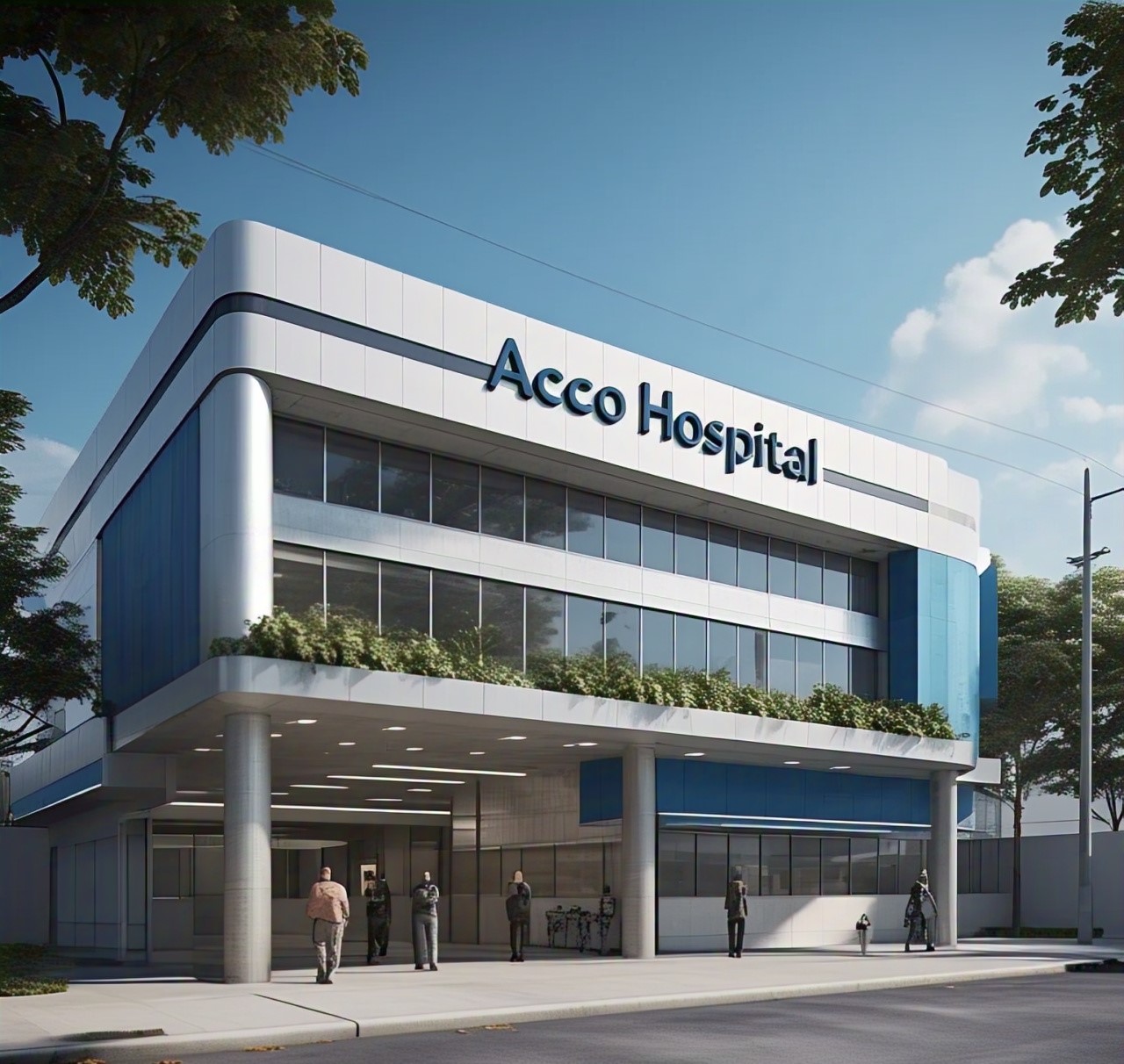
200-Bed Teaching Hospital Design Comprehensive Guide
A 200-bed teaching hospital is more than just a healthcare facility—it is a hub for medical education, research, and advanced patient care. Combining a functional hospital layout with state-of-the-art teaching facilities, such hospitals must accommodate medical students, resident doctors, and faculty, alongside serving the healthcare needs of a large patient population.
The architectural design must balance clinical efficiency, patient comfort, research facilities, and educational infrastructure. This guide delves into the critical aspects of designing a 200-bed teaching hospital, covering key planning considerations, departmental layouts, sustainability, and future-ready hospital design.
Outline for 200-Bed Teaching Hospital Design
| Heading | Details |
|---|---|
| Introduction to 200-Bed Teaching Hospital Design | Importance of integrating medical education and healthcare services. |
| Key Considerations in Teaching Hospital Design | Factors influencing space utilization, efficiency, and academic integration. |
| Site Selection and Land Area Requirements | Ideal location and size for a 200-bed medical institution. |
| Master Plan and Zoning for Hospital and Academic Areas | Efficiently separating clinical and educational spaces. |
| Emergency Department and Trauma Center | Design considerations for handling high patient volumes and emergencies. |
| Inpatient Wards and Patient Accommodation | Planning general, semi-private, and private rooms. |
| Outpatient Clinics and Specialty Departments | Designing for high outpatient flow and consultation efficiency. |
| Operating Theaters and Surgical Suites | Creating advanced surgical spaces for training and real-time procedures. |
| Intensive Care Units (ICU) and High-Dependency Units (HDU) | Optimizing critical care spaces. |
| Maternity and Neonatal Care Facilities | Integrating labor, delivery, and NICU services. |
| Radiology and Diagnostic Imaging | Location and equipment considerations for efficient patient diagnosis. |
| Medical Laboratory and Pathology Services | Safe and efficient placement of lab facilities. |
| Pharmacy and Medication Management | Secure and accessible pharmaceutical services. |
| Lecture Halls and Seminar Rooms for Medical Education | Designing academic spaces for medical training. |
| Simulation and Skills Training Laboratories | Creating hands-on learning environments. |
| Faculty Offices and Staff Accommodation | Allocating space for teaching staff and resident doctors. |
| Hospital Library and Research Center | Developing a knowledge hub for students and faculty. |
| Hostels and Residential Quarters for Medical Students | Planning on-campus accommodation facilities. |
| Cafeteria and Dining Services | Nutrition services for patients, staff, and students. |
| Laundry, Housekeeping, and Sanitation Services | Managing hygiene and infection control. |
| Waste Management and Biohazard Disposal | Safe handling and segregation of medical waste. |
| HVAC and Air Quality Systems | Ensuring hospital-wide ventilation and infection control. |
| Sustainability and Green Building Practices | Energy efficiency and eco-friendly hospital design. |
| Security and Surveillance in Teaching Hospitals | Advanced security systems for patient and student safety. |
| Fire Safety and Emergency Preparedness | Evacuation planning and disaster management. |
| Future-Proofing the Hospital for Expansion | Designing modular spaces for future growth. |
| Cost Considerations and Budget Planning | Managing financial aspects of hospital construction. |
| Conclusion: The Future of Teaching Hospital Design | Key takeaways and innovations in medical facility planning. |
Introduction to 200-Bed Teaching Hospital Design
A 200-bed teaching hospital serves a dual purpose: delivering quality healthcare services while acting as a training center for medical students, interns, and resident doctors. Unlike conventional hospitals, teaching hospitals require dedicated academic spaces, research labs, and simulation centers, in addition to general medical facilities.
To ensure seamless patient care and medical education, a teaching hospital must integrate:
- Efficient hospital workflows for doctors, nurses, and students.
- Advanced technology for learning, patient monitoring, and telemedicine.
- Comprehensive academic infrastructure, including lecture halls and libraries.
- A sustainable and patient-centered environment with modern facilities.
This guide explores every facet of designing and planning a 200-bed teaching hospital, ensuring optimal healthcare delivery and medical education.
Key Considerations in Teaching Hospital Design
Creating a teaching hospital requires balancing multiple design considerations:
- Dual Functionality: The hospital must serve both patients and medical students.
- Efficient Patient Flow: Well-planned corridors and zoning minimize delays.
- Adequate Learning Spaces: Lecture halls, labs, and libraries support medical training.
- Advanced Simulation Areas: Hands-on practice spaces enhance student learning.
- Sustainable Infrastructure: Green building materials and energy-efficient designs reduce operational costs.
- Safety and Hygiene Compliance: Infection control measures ensure patient and student safety.
By integrating these considerations, hospitals can enhance operational efficiency and academic excellence.
Master Plan and Zoning for Hospital and Academic Areas
A 200-bed teaching hospital requires a well-organized master plan that separates clinical, academic, and residential areas.
Clinical Zones:
- Emergency and trauma units
- Outpatient and inpatient departments
- Operating theaters and ICUs
- Radiology, laboratory, and pharmacy
Academic Zones:
- Lecture halls and seminar rooms
- Medical simulation and skills labs
- Faculty offices and research centers
- Hospital library and digital learning spaces
Residential and Support Zones:
- Medical student hostels
- Staff and resident doctor accommodations
- Dining and recreation areas
- Parking and transportation facilities
A clear separation of hospital and academic zones ensures a streamlined learning and working environment.
Emergency Department and Trauma Center
A teaching hospital’s emergency unit must be efficient and spacious, with facilities for emergency training and patient stabilization. Critical elements include:
- Triage & Fast-Track Units: Quick assessment and prioritization of cases.
- Trauma Bays & Resuscitation Rooms: Fully equipped for life-saving procedures.
- Observation Units: Short-term monitoring before admission or discharge.
- Emergency Training Stations: Hands-on practice for medical students.
A well-designed ER enhances both patient survival rates and student learning.
Lecture Halls and Seminar Rooms for Medical Education
Medical education requires spacious, technology-driven learning environments. Ideal lecture halls include:
- Large Seating Capacity: Accommodating multiple student batches.
- Smart Classrooms: Equipped with digital screens and interactive tools.
- Video Conferencing Facilities: For virtual medical lectures and telemedicine.
By integrating modern teaching tools, hospitals can enhance medical education efficiency.
Future-Proofing the Hospital for Expansion
To accommodate future medical advancements, hospitals must plan for:
- Modular Building Designs for easy expansion.
- Smart Hospital Integration for AI-driven diagnostics.
- Telemedicine and Digital Health Services to enhance remote learning.
By future-proofing medical infrastructure, teaching hospitals remain adaptable to evolving healthcare trends.
FAQs
What is the difference between a general hospital and a teaching hospital?
A teaching hospital provides medical education and research opportunities, in addition to patient care.
How much land is required for a 200-bed teaching hospital?
Typically, 150,000 – 300,000 square feet is required, depending on zoning regulations.
What are the key safety features in a teaching hospital?
Fire safety, infection control, surveillance, and disaster preparedness.
Can a teaching hospital be designed sustainably?
Yes, solar energy, rainwater harvesting, and smart HVAC systems enhance sustainability.
Inbound & Outbound Link Suggestions:
Inbound: Articles on hospital architecture, medical education, and healthcare technology.
Outbound: WHO teaching hospital guidelines, medical simulation center designs, and energy-efficient hospital case studies.

